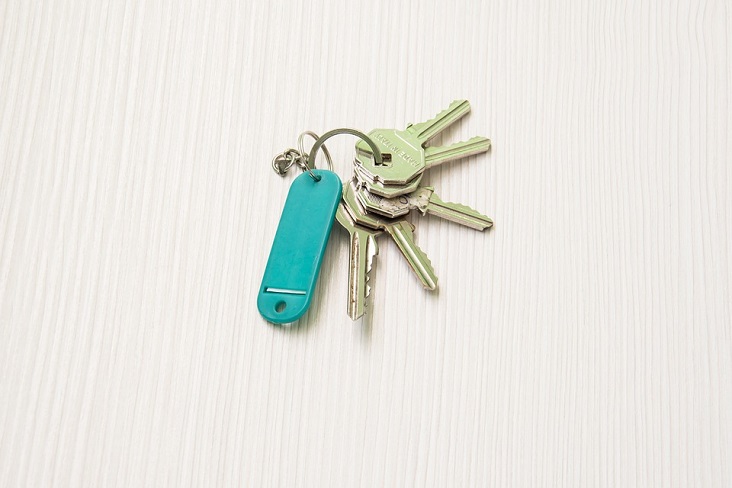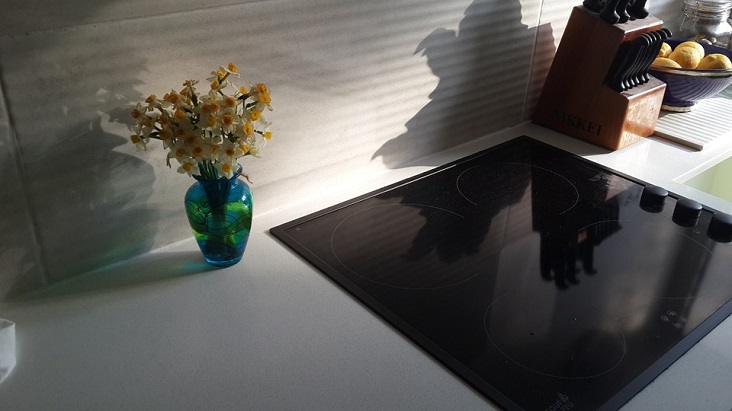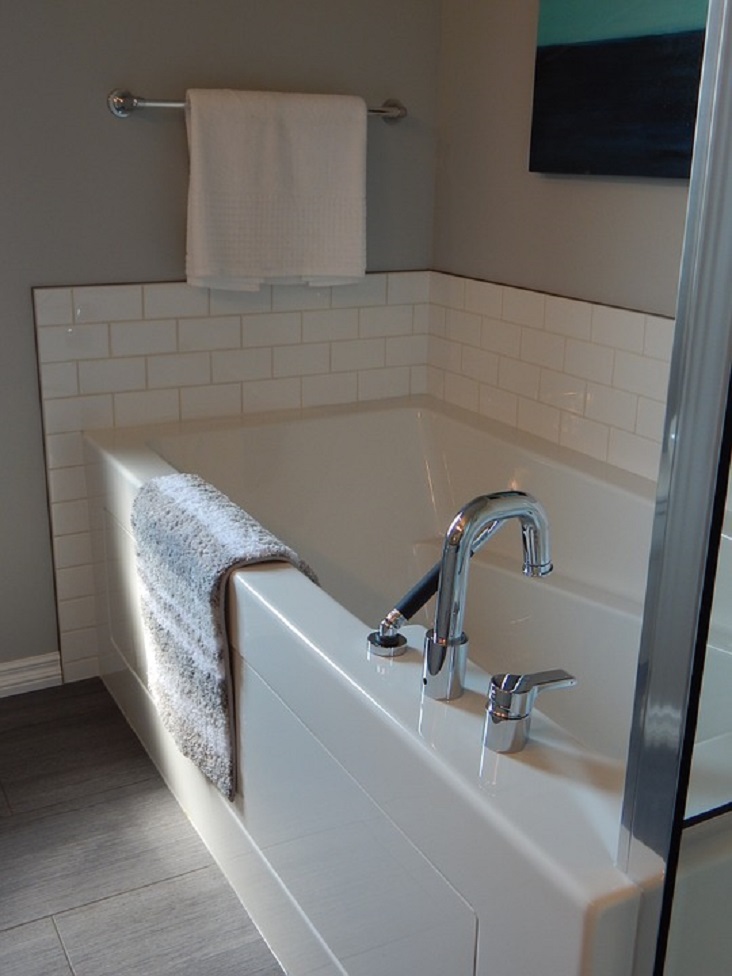When you move into a new apartment, property managers will provide you with a checklist either before or immediately after you sign a lease. Here, you’ll document any issues with the apartment, such as holes in the wall that were not allowed or a faulty light in the bathroom. But what should you look for on your initial visit?
Now, here’s the full checklist you need for your apartment inspection, and what flaws you should put your foot down on.
Most importantly, be sure to document everything as you move in. Use the camera on your phone to do a tour of the apartment where you zoom in on any flaws and detail what the issue is. This puts a timestamp on the issues, so you can prove they were not of your making, guaranteeing your security deposit isn’t taken for an issue you didn’t create.

Kitchen Appliances:
Fridge – nicks, burned-out lights, missing trays or shelves, cracked shelves, faulty ice-maker, poor temperature regulation.
Oven – proper lighting (if a gas stove), how quickly it heats up, if all the switches work, if the trays are present.
Counters – nicks, if they can be lifted or shaken, dips or cracks, any sign of water damage (which will result in a bow).
Sink – how quickly the water runs hot, water pressure, water damage around the base, if the garbage disposal works (feel free to feed it something).
Cabinets and Drawers – if they squeak when opened, if they’re straight on their hinges, if they have chipped paint or paper inside, if they admit a smell.
Water Damage – most importantly, be vigilant for water damage in the kitchen. If there is a strange or tangy smell, seems to be any bow or dip in the counters, if the paint is an odd color in any area —make sure it’s inspected and repaired before moving in, as mold is life-threatening and water damage is difficult to fix.

Walls:
Check your walls thoroughly for any holes that were not repaired, any overly-smooth or bumpy spots from bad repairs, or any soft spots. Also, check the moldings around windows and doors to see if there are any gaps or if they peel back with a little pressure. Do the same with the baseboards and be sure they are flush with the floor.
Flooring:
Peeling or Chips in the Corners – if they’re flush with the wall, if the flooring can be peeled up with a little tugging, if flooring nails haven’t been driven in (therefore sticking up, waiting to be stepped on), if they have chips or tears.
Scuffs – while scuffs can be lived with, it’s important to document them. Look for scrapes, dents, or other unpleasant marks.
Water Damage – soft spots, dips, unpleasant smells in one part of the apartment.
Safety Items:
Always check that the fire extinguisher is in place and unused, or that it’s at least easy to access. Also, ensure the apartment has smoke alarms and check their batteries. The landlord is obligated to repair the alarm if it’s damaged or has low batteries.
Doors:
Nicks – scuffs or chips at the bottom of the door, along the knob, at the hinges, around the peephole.
Drafts – run your hand along the edge of the door to see if you can feel a draft. Inspect the line of insulation, and see if you can spy light through the edges of the door. It may not be air- or water-tight and could need resent on its hinges.
Knob and Peephole – check if it’s been damaged, if it shakes when pressure is applied, if paint has covered the peephole, if the knob turns easily.
Heating and Air:
Turn on the furnace or air conditioner, and place your hand over the vent. If the pressure isn’t very good or the temperatures aren’t satisfactory, this is a sign it needs repairs. You definitely don’t want to be in the middle of summer or winter before it’s fixed, so demand it be handled immediately.
[tweetthis]Make a list and check it twice when it comes to #apartment hunting and inspections![/tweetthis]
Bathroom:
Tub or Shower – nicks, whether or not it drains, how quickly the water runs hot, how high the water pressure is, if the safety bar is steady; if it has a shower rod, if the doors are steady in their tracks.
Toilet – if its seals are clean and steady, if it flushes properly, if it has nicks or cracks, if the seat is sturdy or aged.
Bends in the Tub – be sure to stand in the tub and bounce slightly. If it gives underneath you, you could have damaged flooring underneath and possibly mold. Additionally, your tub could be in danger of cracking or leaking.

Outlets and Light Fixtures:
Proper Electricity Output – plug something into each outlet and ensure it actually works, as some may be damaged. Flip the lights on and off to ensure they work.
Cracks or Burns – inspect the plugs for any signs of burning or melting. If so, bring this to the landlord’s attention and ask if the problem has already been fixed.
What to Put Your Foot Down On:
While it’s important to have the landlord make as many repairs as they can before you move in, as it may be more difficult after you’ve signed a lease and especially after you’ve moved in, there are a few things you can let slide. A nick on the door, a nail hole in the wall, or a scuff on the floor are all things you can live with. Having one outlet not work or the water pressure low may also be tolerable, so decide what you can live with and be sure to document these flaws in detail.
However, always ensure the main appliances of your kitchen are in working order, that your safety measures are functional, that no water damage is present, and that your heating and cooling are in top condition. These are the essentials and can’t be negotiated on, as they may require extensive repairs after you’ve moved in and can possibly harm your health in the meantime.
After it’s up to par, you have to worry about your own security deposit. Pets are fun to have, but can wreak havoc on a home, here are 7 Easy Ways to Puppy Proof Your Apartment.
